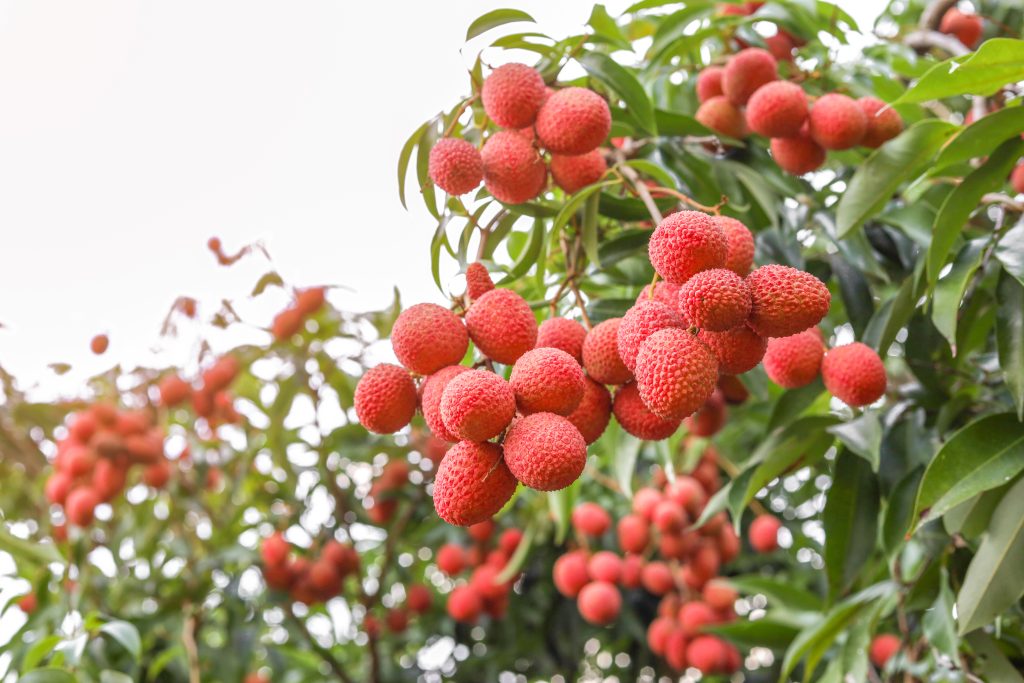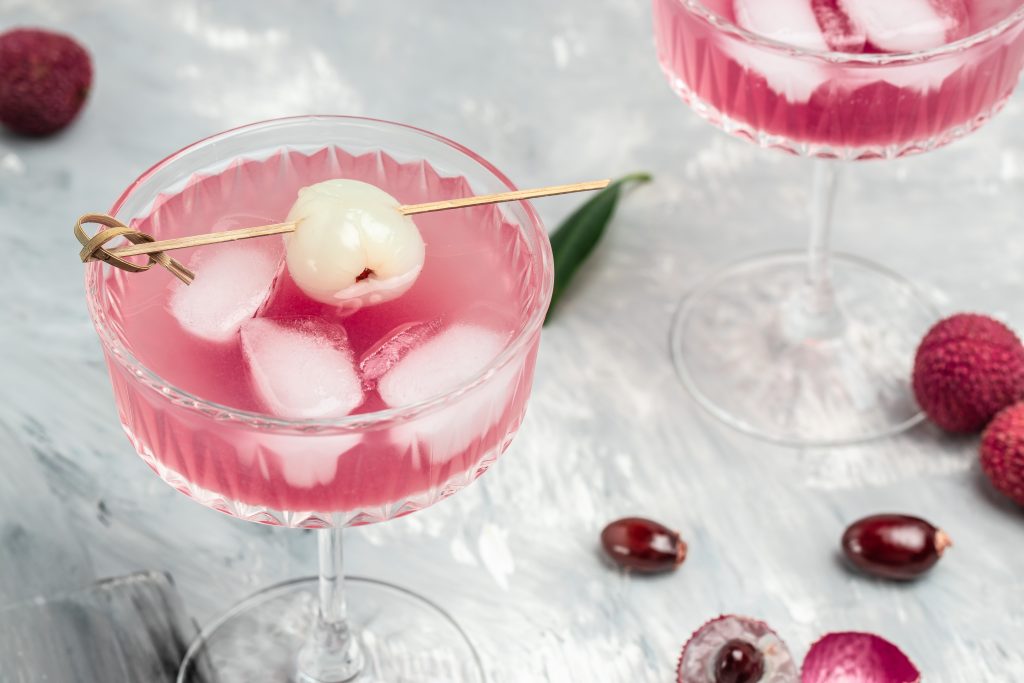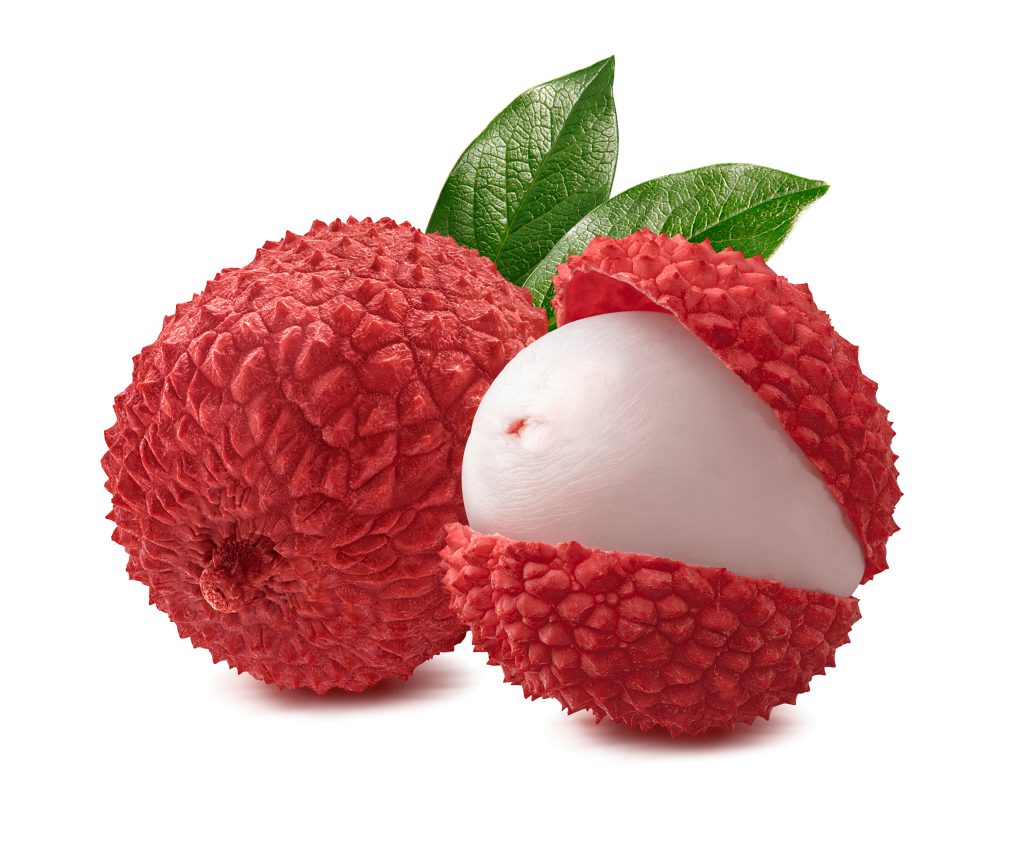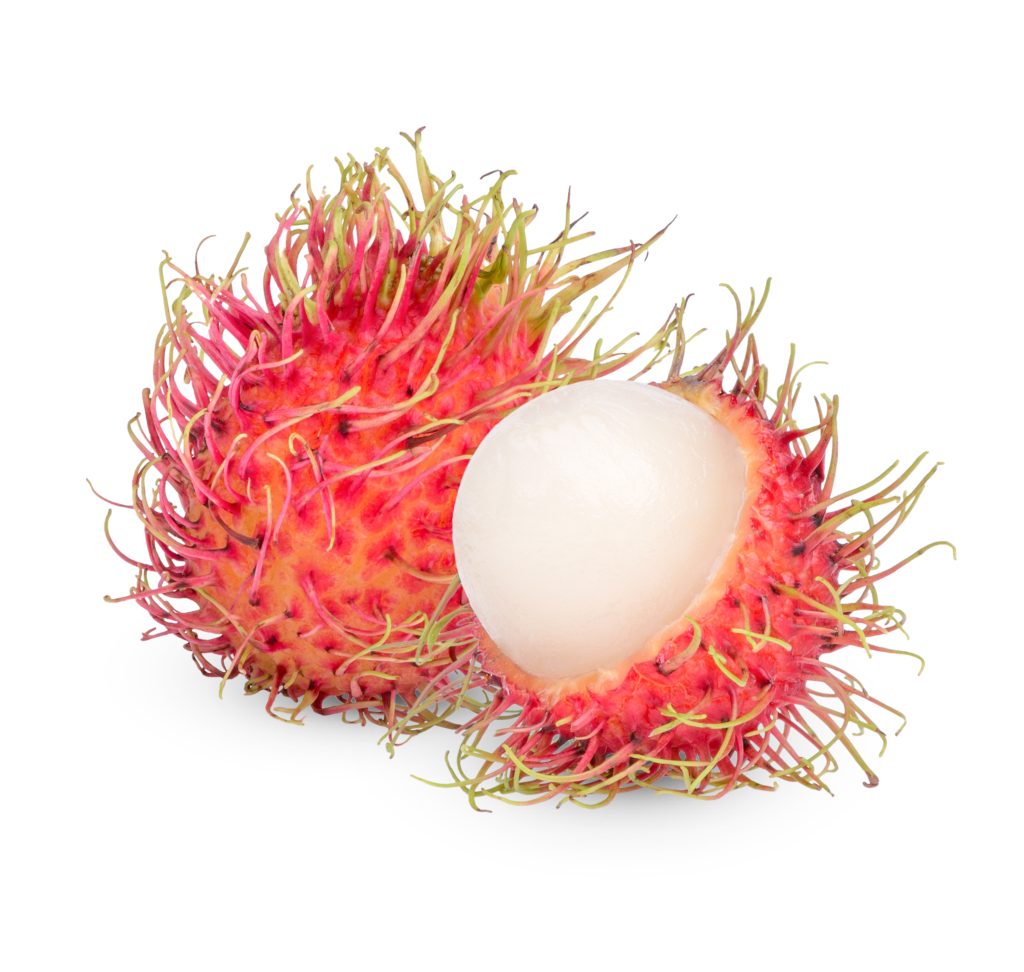With its sweet flavors and plum-like meat, it's no wonder that lychee is becoming one of the world’s most popular fruits. Originally from China, they are now produced all over the globe and are utilized in a wide variety of cuisines.
Table of Contents
What is Lychee?
Lychee (Litchi chinensis) comes from tall evergreen trees in tropical or subtropical climates. The lychee tree is a member of the Sapindaceae or soapberry family. Pronounced LEE-chee, or LI-chee, it also goes by lichi, lichee, or alligator strawberries.
This tropical fruit gets the humorous nickname of “alligator strawberry” from its tough and bumpy rind and from the skin that’s textured, similar to an alligator’s. The color of the outside is hard to resist- it’s a stunning shade of pink-red skin that hides a creamy white aril inside.
The History of Lychee
While lychee production amps up all over the globe, it calls southern China home. Some historians dated this Chinese tropical fruit back to the Han Dynasty in China almost 2,000 years ago. Most records of lychee date back to 1,000 A.D. in regions such as China, Malaysia, and Northern Vietnam.
It was in the late 1700s that lychee made its way to the West via trade routes through Jamaica. Almost 200 years later, Florida’s first stateside lychee production farm popped up. While lychee production amps up across the globe, China is still the leading exporter of this highly coveted tropical fruit.

What Does a Lychee Taste Like?
Fresh lychees taste like a fusion of strawberry, pear, and watermelon. Like most tropical climate fruits, there are subtle citrusy notes and a hint of floral notes similar to rose.
The lychee fruit is a versatile fruit that tastes great picked right off the tree or blended into salads, savory dishes, or sweet treats like ice cream or tea.
How to Tell When Lychee is Ripe
To check if a lychee is ripe and ready to eat, follow these simple guidelines:
| Color | An unripe lychee is a shade of yellowish-green. The shade shifts from green to a vibrant pink-red color as it ripens. Judging ripe lychee by color is like checking for ripeness in a strawberry. |
| Firmness | When you press into the skin of lychee, it should give in a little bit like a fresh orange. If it’s stiff, it’s underripe. |
| Smell | Fresh lychee smells tropical and floral. If it smells a little fermented, it means it’s overripe. If you can’t smell anything, it’s underripe. |
| Bruising | If the reddish skin of lychee is brown or bruised, it’s overripe. Opt for lychees with no hints of bruising that indicate that it’s overripe. |
Are Lychees Poisonous?
While it is usually safe to eat raw lychee, some parts of the fruit are poisonous. Raw lychee is perfectly safe if you avoid the seeds in the center. You must properly discard lychee seeds because they are bad news for your health for several reasons.
Lychee seeds host a chemical that can cause hypoglycemic encephalopathy. Hypoglycemic encephalopathy can cause confusion, seizures, fatigue, and sometimes even death.
While the seeds of ripe lychee are poisonous, unripened lychee is also toxic and has a higher chemical concentration that causes hypoglycemic encephalopathy. When enjoying lychee, ensure it’s ripe, and never eat the seeds.
Cooking with Lychee
Before you fire up those ovens, you must understand how to prepare lychee properly for baking.
1. Remove the skin. Luckily, removing the skin is as easy as peeling an orange. Use a knife to pierce the skin, and use your fingers to pull away the rind to reveal the white pulp underneath.
2. Discard the seeds. The lychee seeds are poisonous, so removing them is essential to prepare the edible portion. Place a knife at the top of the lychee, and cut into a circle until the seed pops out. The seed is dark, so it’s very easy to recognize.

In savory dishes in Asia, lychee is excellent in dishes from Thailand like Thai prawn and lychee salad. The prawns offer buttery, savory notes accented by the tart, floral notes from lychee. And for dessert, mango lychee pudding is both sweet, creamy, and delicious.
While lychee is fantastic in sweet and savory dishes, it shines in tasty cocktails. This sparkling watermelon and lychee cocktail highlights the tropical flavors of lychee for the ultimate summer drink.
Lychee vs. Rambutan


Lychee and rambutan are both members of the soapberry family and look strikingly similar in appearance. They both have bright red rinds and creamy white pulp. However, there are a few key differences that make them very different.
| Rind | The rambutan has a red outer skin with spiky orange or green tendrils that the lychee does not have. |
| Taste | The flavor of the rambutan is sweeter, less acidic, and tastes a little creamy, similar to dragonfruit. Conversely, lychee has brighter sour flavors like strawberry, lime, and watermelon. |
| Size | Lychees are slightly bigger than rambutan. A lychee is one inch (2.5 cm) in diameter, while a rambutan measures two inches (5 cm). |
How to Store Lychee
It’s important to note that Lychees don’t continue to ripen once plucked from the tree. To store fresh lychee, steer clear of cool, dry air because it will cause the skin to turn brown. When storing lychee, place it in a plastic bag and store it in the refrigerator.
Lychee will stay fresh in the fridge for up to seven days. You can also place peeled and pitted lychee in a freezer-safe bag to store for up to six months in the freezer.
Nutritional Benefits of Lychee
A peeled and prepared lychee has around 66 calories and is an excellent source of vital minerals such as copper, iron, manganese, and phosphorus. These minerals are essential to any diet and help promote a healthy heart and bones.
They’re high in fiber and carbohydrates, which helps promote good gut health. They also are full of essential vitamins like Vitamin C, which boosts your immune system and helps fight off free radicals for glowing skin. It can also reduce the risk of heart disease and certain cancers.
Lychee is also loaded with a compound called polyphenols. Polyphenols are a chemical that intensifies the effects of nutrients like Vitamin C. They help protect the body’s tissue, help protect against heart disease, and reduce overall inflammation.
Where to Purchase Lychee
As the popularity of lychee grows, so does its availability at local grocery stores and supermarkets. Smaller local grocery stores may not carry this specialty fruit, so it’s best to stick to bigger markets or Asian grocery stores.
Lychee growers harvest their fruit tree crops in May and finish in late July. To get your hands on this tropical fruit, it’s best to look at the local market when it’s in season during the summer months. If your local grocery store doesn’t carry them, try your local farmer’s market.

